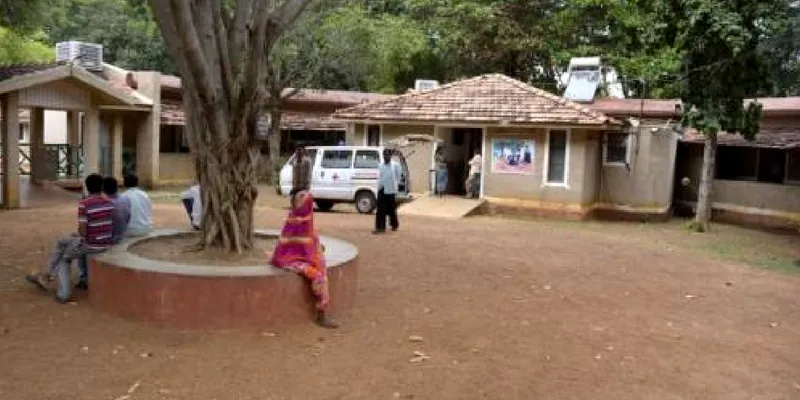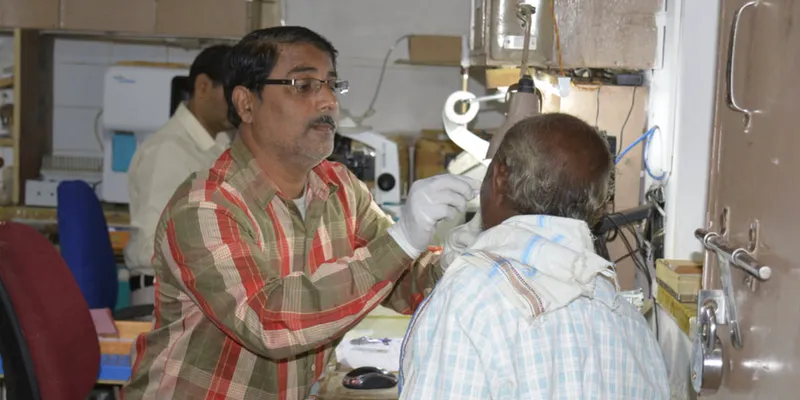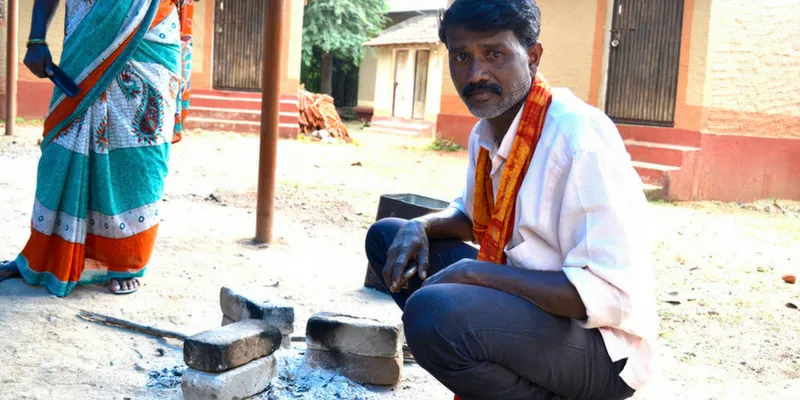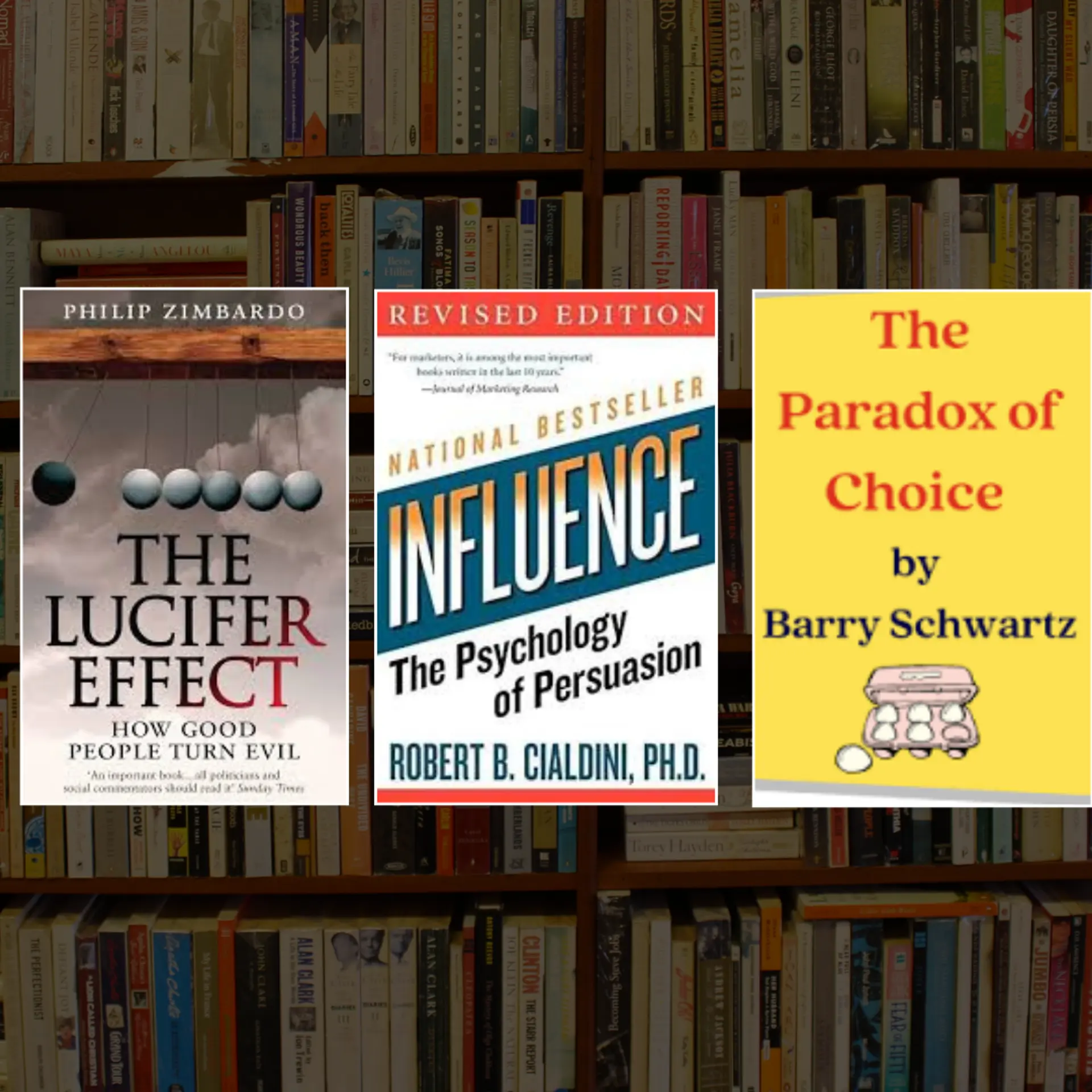Shodhgram - Where science meets compassion
Inspired by Gandhian philosophy of Gram Swaraj, Shodhgram in Gadchiroli has come up with innovative solutions to most vexing rural health issues.

An iron figurine carrying a "troumbline" greets you at the entrance. A bunch of incense sticks and coconut shells indicate a small temple dedicated to Maa Danteshwari, the supreme Goddess of Gond tribe. Various round structures with thatched roofs, muddy exteriors, tribal motifs and named after a local tree dot the campus.
It is not a pilgrimage spot, neither a folk art gallery or a resort attracting tourists through traditional architecture. The place, around 20 km from Gadchiroli district town in Maharashtra, is Shodhgram, an amalgamation of healthcare, community living and research that has inspired many national and international health initiatives.
Founded by doctor-couple Abhay and Rani Bang, and run on Gandhian philosophy of Gram Swaraj (self-governance), Shodhgram offers affordable and compassionate services to the people, especially tribals of the region. It has also devised unique solutions to the most pressing community health issues. For instance, the Indian government picked up and replicated Shodhgram’s concept of home-based mother and newborn care through Accredited Social Health Activist (ASHA).
The Bangs were conferred the Padma Shri, the fourth highest civilian award of India, on Republic Day this year. More than the acclaim, however, it’s the connection with locals that lends credence to the organisation. And it’s evident in the way Shodhgram, also called SEARCH, looks and operates.
When the doctor couple decided to turn their weekly clinic into a hospital in 1993, they consulted tribals.
“There were three main demands from the people. The hospital should have place for worship, they don’t want to go running from one floor to another, and family members should be allowed to stay with patients,” says Ganesh Egawar, who has been working in Shodhgram’s administration wing for the last 10 years.
All these demands have been met including no vertical growth, which is why the buildings are all at ground level.
The first structures were built through shramdaan (voluntary labour) by tribals, who also named it Maa Danteshwari Hospital.
Today, small huts equipped with electricity and attached bath are provided to patients and their relatives who can also cook their own meals in an open facility using firewood. Non-tribals are mostly admitted in wards. Patients are also encouraged to go out for walks, even beyond the campus.

At the OPD, visitors wait their turn sitting under trees on raised platforms resembling the traditional village choupal and doctors’ rooms are arranged on outer circle for easy access. The staff doesn’t wear white because the colour has always been associated with death in Indian culture, a fact again pointed out by the tribals to the management.
The hospital is popular in the area for its treatment of snake bites. “Even though such incidents are not frequent, we use anti-snake venom and, in extreme cases, we offer ventilator support as the victim is unable to contract muscles for breathing,” says Dr Abhay Bang. But it’s not just the equipment people come here for.
Chandrakant Tamade from Mool village in neighbouring Chandrapur district has come for treatment of his daughter’s kidney disease.
“In government hospitals, there is nobody to guide us and doctors always shout without understanding our concerns. Here the treatment is good but more than that we experience respect and compassion,” he says.
Though there are only five doctors on regular duty at the hospital, over 80 specialists from across Maharashtra volunteer through visiting services. The village-based health workers and mobile medical units focussing on preventive care have been the backbone of SEARCH, helping it come up with innovative solutions to big problems.
For instance, its focus on pneumonia treatment among children through village health workers helped reduce infant mortality rate from 121 in 1988 to 79 by 1990. The research published in Lancet, inspired the global acute respiratory infection control programme by WHO and UNICEF in 77 countries.

The training of village health workers to provide mother and newborn care at home reduced infant mortality to 39 by 1998. This model was scaled up by the Indian government through the appointment of ASHA workers across the country and was also replicated in Nepal, Pakistan, Bangladesh and Ethiopia.
“Thankfully, we were good in data collection and analysis along with providing healthcare. This helped gain professional acceptance of our work and hence its replication,” says Dr Abhay.
Besides the challenge of finding experienced personnel willing to work in this region, SEARCH is grappling with changing socio-cultural life of tribals. From infectious diseases including malaria and diarrhoea, the trend is now shifting towards non-communicable diseases like stroke and hypertension.
“Increased life expectancy and change in lifestyle through better transport facilities and consumption of processed food are leading to various unheard of ailments among tribals. Exposure to the outside world and ongoing conflict between naxals and armed forces in the region is adding to the mental stress. Many respond to this by taking to alcohol and tobacco, which might be resulting in higher cases of cancer,” says Dr Bang.
SEARCH has recently established a cancer registry with the help of Tata Memorial Centre, Mumbai.

What the organisation has not been able to utilise, however, is the folk knowledge about local herbs. “We have created 22 monograms about these herbs by collecting information from tribals but we feel it’s unethical to use this knowledge without proving their efficacy through scientific experiments,” says Dr Abhay.
Though lacking on this front, its current progress promises more applaudable results in near future.
Disclaimer: This article was first published in GOI Monitor. The views expressed by the author are his/her own and do not necessarily reflect that of YourStory.







